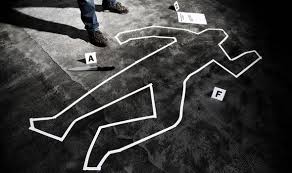All Homicides are not Murder
 “Homicide” is really a term of art used by the medical examiners in the course of a death investigation. Medical examiners are doctors who have specialized training in determining how a person died. The major ways a death can be classified are:
“Homicide” is really a term of art used by the medical examiners in the course of a death investigation. Medical examiners are doctors who have specialized training in determining how a person died. The major ways a death can be classified are:
- natural causes
- suicide
- accident
- undetermined
- homicide
The term “natural causes” means the death occurred as the natural process of the body, such as a heart attack or blood clot. A death by suicide means that the person died as a result of their own actions, which intended to cause their death. An accidental death means that the person may have caused their own demise, but not intentionally. Usually this is seen in deaths caused by accidental drug overdoses. We often come across “undetermined” causes of death in cases where a body has decomposed severely and there are little to no clues as to what lead up to the death. “Undetermined” causes of death are not very prevalent with the advances in science and modern forensic investigative techniques. A homicide means that the person died because of the actions of another. Just because a death has been classified as a “homicide” does not mean that it was necessarily a murder. “Murder” is a legal term that means one person caused the death of another in a way that was: with malice, intended, and was not justified.
After a primary cause of death is determined, a medical examiner will try to determine a more precise manner of death. For example, a death may be determined to be a suicide by hanging. To determine exact cause of death, medical examiners may rely on more than their autopsy findings. They may have to review the photos of video of the crime scene or review witness statements. It is critical that attorneys defending murder cases understand the important role of the medical examiner. Attorneys must be well versed in the science that goes into an autopsy and be prepared to effectively cross-examine the medical examiner.
- A Note to Veterans: Veteran Aid and Legal Assistance - November 12, 2014
- Voter Intimidation: Do not let your right to vote be discouraged. - November 3, 2014
- Know your voting rights: What are Deceptive Practices? - November 3, 2014